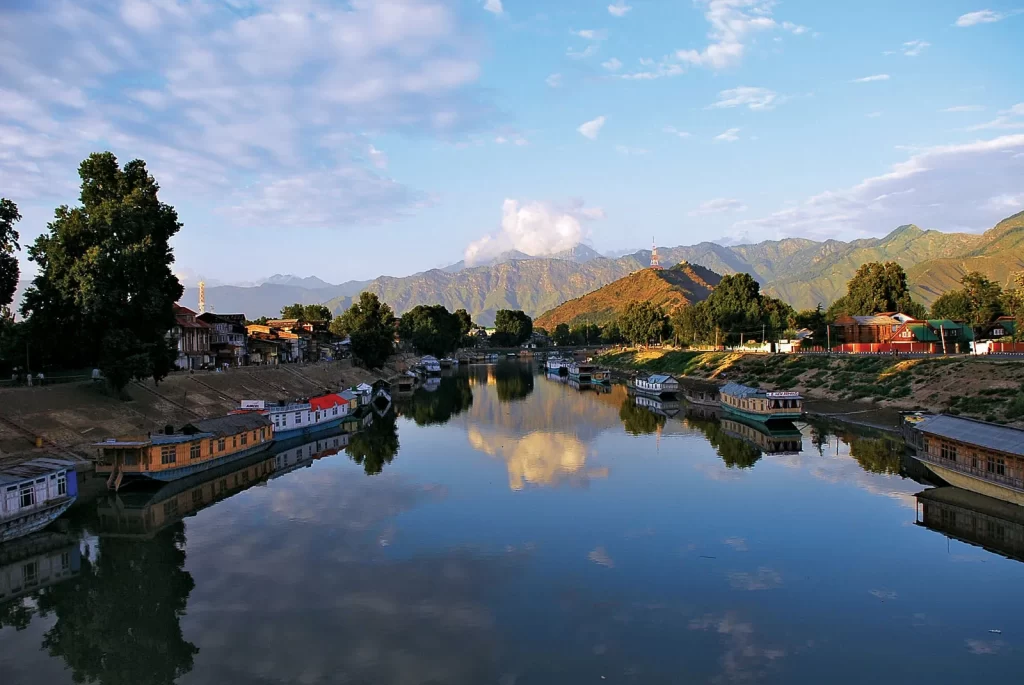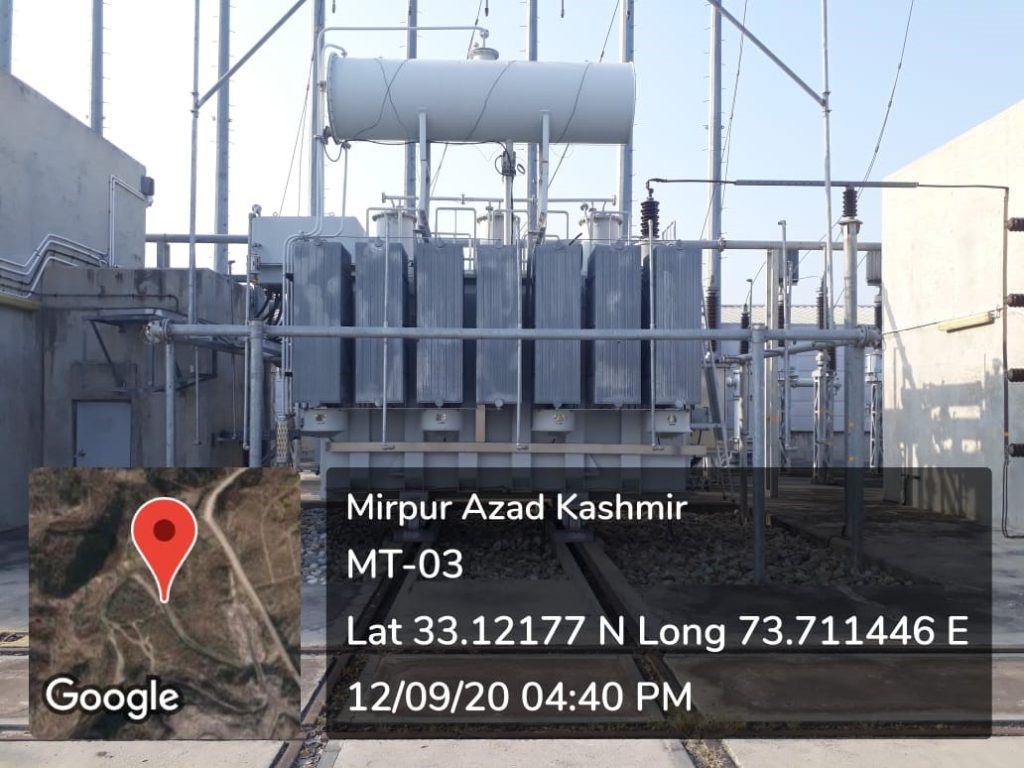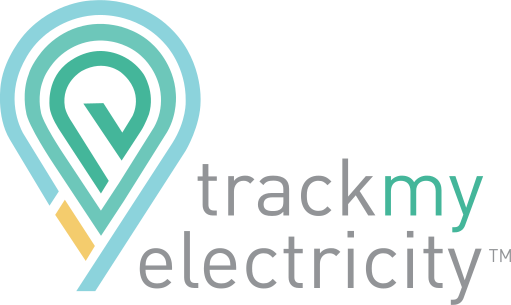Environmental and Socio-Economic Impact
Laraib Energy Limited has ambitious goals and visions with this project. The project helped to stimulate private investment to develop some 20,000 MW of neglected hydro potential, especially small to medium run-of-the river projects with low environmental impact.
There are no adverse environmental or social impacts of the project during the operation phase, as it does not affect water availability in the Upper Jhelum Canal and does not reduce the flows in the Jhelum River downstream of the New and Old Bong Escapes. However, after project completion, the New Bong Escape channel will receive water only in case of the shutdown of the project powerhouse. This 1,200-meter man-made channel has no ecological significance and is not used by the local communities. Therefore, its drying up will not have any significant environmental or social impacts. To ensure harmony of the project with the environment, the sponsor will implement sound environmental management practices to handle the basic environmental issues, including:
- Waste management of residential complexes and offices, particularly sewage treatment, to the required standard and reuse of the treated effluents for gardening.
- Waste management of warehouse, workshops and motor pools
- Landscaping and plantation
- Environmentally responsible conduct of personnel, such as hunting and tree-cutting
- Noise and other public nuisance abatement.
The above practices and conducts will be institutionalized in the company’s environmental management system.
On the other hand, several economic and local benefits and advantages are associated with the project:
- Spin-off benefits include stimulating the local economy by creating business opportunities throughout different stages of project implementation, to provide goods and services to the project both during construction and operation.
- During the construction of the hydropower plant, local employment opportunities were enhanced by 500-700 persons and 100-120 employees during subsequent operations.
- Improving the skill set for local inhabitants through training and capacity building for employment in the project contributes to growing technical advancement.
- Reducing of poverty in an economically depressed region with very little industry and high unemployment.
- Improving social infrastructure and public amenities in the area by constructing a new medical clinic and improving existing schools.
- Helping the Pakistani national economy, by allowing it to save foreign exchange and create a balance of payments. This is done as the saving of foreign exchange is required to import oil to service an equivalent thermal generating plant.
- Reducing the cost of electricity in the national grid through improved thermal/hydel mix in the system and enhancement of competitive advantage for industry and commerce.
- Aiding in national capacity building as it assists the Designated National Authority for the development of CDM projects in the country as the pioneer private hydropower project eligible for CERs, and assists in the development of a legal, financial and conceptual framework for private hydropower and facilitate removal of obstacles and bottlenecks for private hydropower development thus providing a template which forthcoming projects will use.
Similarly, the project has a major environmental impact on Pakistan as a whole:
- Reducing carbon emissions in the national grid and replace carbon-intensive thermal generation.
- Replacing oil-fired and future coal-based thermal generation and thus mitigating environmental pollution with positive spin-off for community health. The project not only reduces or replaces equivalent thermal generation with all the associated environmental benefits but it also promotes overall environmental well-being since the project will help to avoid all associated pollution caused by extraction, processing, storage and transportation of conventional fuels required for thermal generation and substituted (reduced) to the extent of the project generation.

Technical Information
The project’s hydropower potential is derived from the water flow from the Mangla reservoir drawn through Mangla Powerhouse into the Bong Canal (tailrace of Mangla powerhouse) and a natural fall at the New Bong Escape, some 7.5 km downstream of the Mangla Powerhouse. Discharge of River Jhelum, one of the five major rivers flowing through Kashmir into Pakistan’s Punjab (land of the 5 rivers) has been measured since 1922 and shows a stable average annual river flow of about 23 MAF. The selected bulb turbine/generators operate at 100 rpm and have a long operating life. The lowmaintenance units are considered environmentally safe and reliable. The technology and know-how for the manufacture of hydro turbine-generators is not available in Pakistan and accordingly the bulb units governing/excitation systems, protection, automation and control systems, transformers and balance of plant have been procured through EPC contract with Sambu Construction Company (Korea) having E&M supply from Andritz hydro Austria/China. The direct-drive generator placed within the turbine housing have a rated capacity of 26.25 MVA and generators are insulated with a class F temperature rating to handle the overload condition without undue stress. The unit transformers with 10 percent higher than the generator capacity are installed to accommodate the anticipated overloads.

The Surrounding Community, Area and Region
There are no people residing in the project site and there are no indigenous peoples in the surrounding area. Therefore, relocation and indigenous people development are not issues. Furthermore, as the project area is not densely populated and has no major industries, ambient air quality and water quality in the Jhelum River are still high. The project area also has no ecological or biologically sensitive areas as it has been subjected to human interventions for decades, and because of previously degraded habitat conditions of the Project site and its surroundings, the local area does not support any flora and faunal resources of ecological or economic significance.
There are 21 communities within a 5 km radius of the project site, of which only two, Lehri and Ferozabad, could be impacted. However, the area is generally impoverished, which the poor social infrastructure and public amenities in the two villages as evidenced by unpaved roads and no schools or clinics. Thus, no livelihoods will be damaged for the project. Instead, the project intends to assist in improving social infrastructure and public amenities in these two villages and local communities.
The project site is vacant land with shrubs and few trees and no archaeological sites, graveyards, or mosques. The project area is a part of the Jhelum valley and is in an active seismic area. Consequently, the earthquake return period of 1,000 years will be adopted in the design of the powerhouse and major Project facilities.
The Jhelum River is the principal water resource in the project area. The Jhelum River drains into the Mangla Dam Reservoir. The water in the reservoir is used to generate electricity in the Mangla Power House with a total generation capacity of 1,000 MW, and the water from the Mangla Dam Power House is discharged into a man-made channel which is fed into the Upper Jhelum Canal to meet irrigation requirements.

